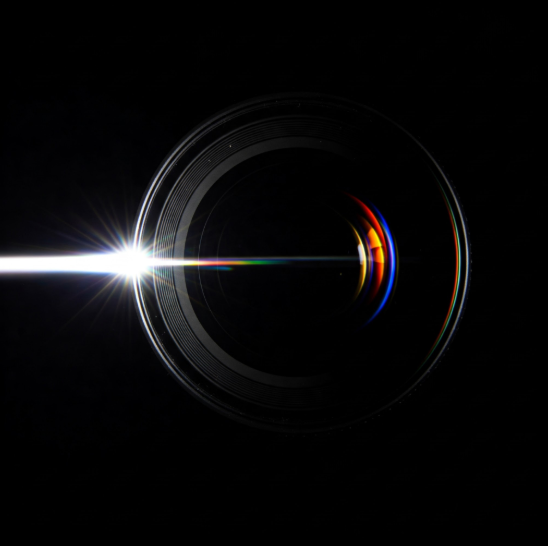
Curious about the intricacies of lens performance? It involves more than just the lens’s construction. Here’s an accessible breakdown of the factors influencing lens quality and the reasons why selecting the appropriate lens is vital.
Aberrations can be likened to distortions in a funhouse mirror, altering the image in undesirable ways. Various types of aberrations produce distinct image distortions:
The positive aspect is that smaller apertures (higher f/#) often mitigate some of these aberrations.
MTF stands for Modulation Transfer Function, essentially representing contrast. An MTF curve visually depicts how well a lens maintains sharpness and clarity at varying levels of detail.
MTF curves help visualize how different aberrations impact a lens’s performance. It’s important to remember that lens performance can fluctuate significantly based on factors like aperture and the colors of light being used.
This aspect concerns how uniformly a lens distributes light across the image. Occasionally, the center appears brighter than the edges, which can be problematic.
Unfortunately, a single perfect lens doesn’t exist. Some lenses excel at close-ups, while others are designed for distant subjects. When choosing a lens, prioritize the most critical factors:
Larger lenses generally offer better performance but tend to be bulkier and more expensive. Wide-angle shots at close distances often come at the expense of image quality.
It’s worth noting that lens calculators should be used with caution, as they rely on assumptions that may not always hold true in real-world scenarios.
Ultimately, the ideal lens depends on the subject matter and desired outcome. It’s about selecting the right tool for the task.
We’re talking about things like blurring, focus inconsistencies, image distortion, and color fringing. These are called “aberrations,” and they impact how clear your image is.
We use something called an “MTF curve.” It tells us how well a lens transfers contrast, essentially showing how sharp the image will be. Higher values mean sharper images.
A 4:1 ratio (working distance to field of view) is generally a good starting point. It balances performance and cost.
The aperture influences how aberrations appear. Smaller apertures (higher f/#) often reduce blurring and other issues.
Lens designs are specialized. Each lens is optimized for specific tasks, so trade-offs are necessary. There’s no “one-size-fits-all.”
They provide estimates, not exact results. They simplify lens behavior, so they’re best used for ballpark figures, especially with short focal lengths.
It’s how evenly bright the image is. A curve shows the brightness across the image, and the brightest spot isn’t always in the center.